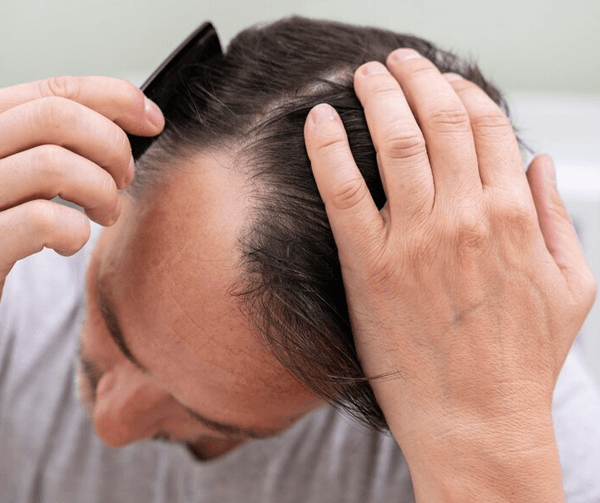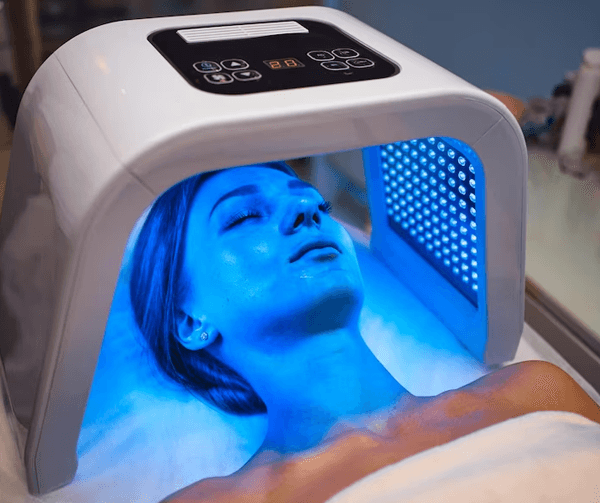Everything You Need to Know About Gynaecomastia – Part 2
Dr. Lokesh Kumar | July, 8 2015 | 0 Comments
In the previous article, we looked at what gynaecomastia is and what can cause the condition. In this article, we will look at how a patient suffering from gynaecomastia presents, how the condition is diagnosed and most importantly, how it can be treated or managed.
The Approach:
The manner of approach for a person suffering from gynaecomastia would include a study of his medical history, a thorough examination, several investigations, including blood work and in certain cases, imaging as well as biopsy.
Step 1: History
Understanding the medical history of a person suffering from gynaecomastia is crucial, which is why a doctor will delve deep into the past of the person suffering from the condition. Normally, the condition is asymptomatic and the first step would be to confirm the same.
The doctor will try to find the exact onset of the enlargement and the duration as well. He/she will enquire about the presence of any pain or tenderness. There will be also be an enquiry into any possible sexual dysfunction. All medications that might have been taken in the past or are currently being taken will be examined. Along with medications, consumption of steroids, alcohol or substance drugs will also be questioned. Medical history of the family might also be questioned.
Step 2:Examination
There is something known as pseudogynaecomastia, which is only fatty deposition in the breast tissue, without any actual glandular enlargement that is seen in true gynaecomastia. However, this is something only a proper examination by a doctor can reveal.
A doctor will also examine for any hard masses in the breast to rule out breast carcinoma. Detailed examination of the genitals and other areas to look for any underlying reasons is also done. Lack of testosterone will also be checked, via lack of hair, size of the testicles, shiny smooth skin and even the tenor of the person’s voice. There will also be checks for the lack of sexual characteristics. The doctor might also want to check for any signs of Cushing’s syndrome or even hyperthyroidism.
Step 3:Investigations
All investigations needs to be based on clinical foundations, mainly the medical history and the examinations conducted.
Blood tests will have to be conducted, however, not for people who have senile or pubertal breast enlargement, fatty breast enlargement, a recognised drug related issue or cancer that has become apparent through examination. In all other cases, the blood work will require to cover the following, renal functions, liver functions, thyroid functions, a complete hormone profile, including testosterone, prolactin, beta-hCG level and the luteinising hormone.
Step 4:Imaging
A mammography or ultrasonography might be required, especially in cases where the enlargement is one-sided. The same will also be required if there is a doubt whether this really is gynaecomastia or just fatty tissue in the breasts. The same process might be conducted on the testes, in case any abnormality is suspected. A chest radiograph might be suggested, if there are any lesions in the lungs.
Step 5:Biopsy
This is not a necessary step in most cases, however, in the ones that this is needed; a needle core biopsy will be required. The biopsy will prove what the condition really is.
Treating Gynaecomastia
There are mainly two types of treatments for gynaecomastia – surgery to remove the excess tissue from the breast area or medications that will take care of the hormonal imbalance. Either can be suggested only by a proper doctor, which is why you need to meet with one, the minute you feel that you might have gynaecomastia.
Managing Gynaecomastia
It is best that men suffering from gynaecomastia, get themselves tested for breast cancer. As farfetched as it may sound, this is a possibility and the faster it is deciphered, the easier it will be to treat the same.
- Early stages are easy to manage, however, if the condition progresses, there is the chance of fibrosis and then surgery might be the only option.
- It is the underlying cause that needs to be treated – so whether it is a hormonal imbalance or certain medication, the same will have to be taken care of. Similarly, if the gynaecomastia is because of obesity, weight loss should be able to reduce the gynaecomastia too.
- In many cases, gynaecomastia might occur because of a certain age and in such cases, there is little to worry about, because once the person crosses that age, the condition should also disappear.
Gynaecomastia and cancer
While male breast cancer is very rare, there have been cases of the same and these are almost all with men who have gynaecomastia. Studies showed that the average age of men who did suffer from male breast cancer was 65, but there is no guarantee that the same cannot happen at a younger age.
There is an increased risk for cancer in men who have Klinefelter’s syndrome or a family history of cancer, particular breast cancer.
There are certain symptoms that might lead to worry and these include:
- Rapid or one-sided enlargement
- Hardened tissue or a fixed mass
- Abnormalities on the nipple or the skin around the breast
- Pain or immense tenderness
Normally, gynaecomastia is a condition that does not warrant a lot of worry, because it is benign in most cases. However, the underlying cause needs to be identified with immediate effect, and while there could be psychological issues, if the condition is not diagnosed properly, there could be more serious problems.






